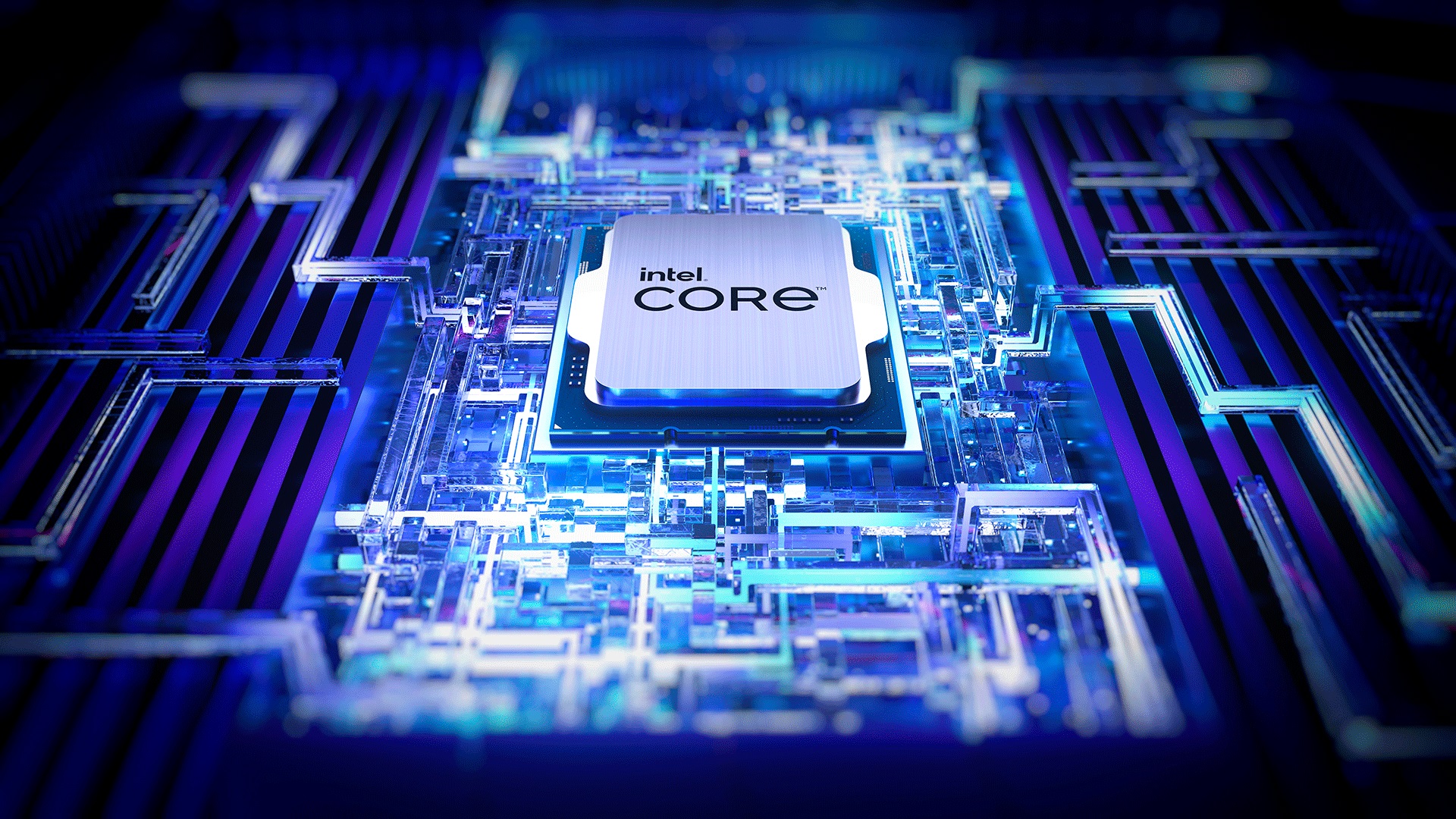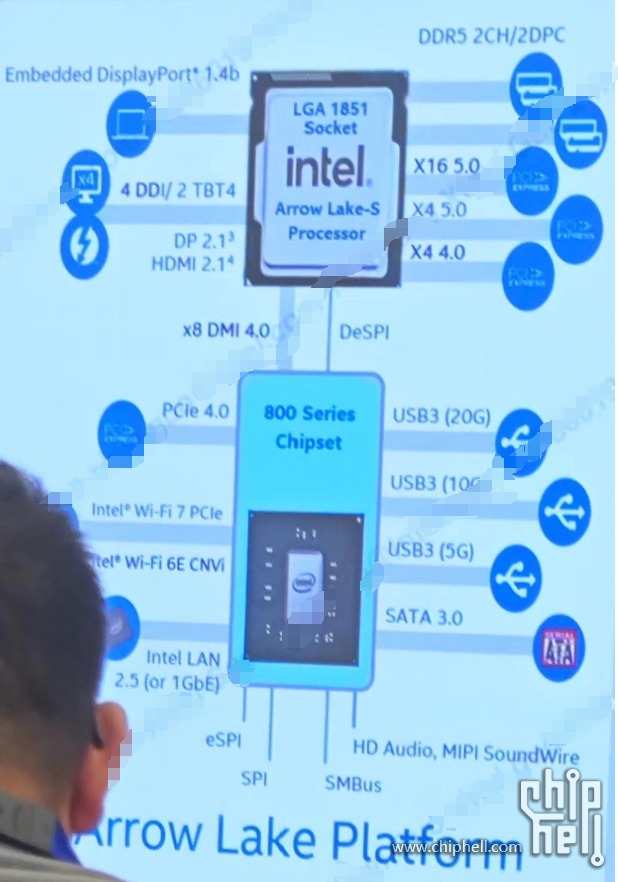Intel’s next generation of CPUs, its Arrow Lake-S processors, isset to launchin the third quarter of 2024. The chipmaker will host a series of events to showcase the new 800-series motherboards to support Arrow Lake-S, and a diagram reportedly prepared for those events confirmsmuch of what we already suspectedabout the upcoming CPU and chipset. Consider DDR4 and PCIe 3.0 relegated to the annals of history, if the leak is correct.
The upcoming events will be for distributors and board partners, introducing them to Intel’s upcoming LGA-1851 platform. The chipmaker previewed the 800-seriesmotherboards at Computex, including the Z890, but did not explicitly name the chipset or the motherboards.ChipHell obtained an imageof the Arrow Lake diagram and it’s spread from that forum toX (formerly known as Twitter).

As previously leaked, the new diagram reveals the Arrow Lake-S CPU and motherboards will support 16 dedicated PCIe 5.0 lanes for graphics cards. They will offer four additional PCIe 5.0 lanes for storage, and a PCIe 4.0 x 4 interface for the slower standard. While the chipset omits PCIe 3.0 support, that’s unlikely to bother anybody and the new configuration allows computer makers to avoid sacrificing PCIe 5.0 lanes for GPUs and storage.
The LGA-1851 platform alsoabandons support for DDR4 memory, something that was threatening to be an unpopular decision early on in the leak lifecycle. SinceDDR5 priceshave dropped over the past two years, though, the clamor for retaining DDR4 support has died down considerably.

Digging deeper, we also see that the new CPUs will integrate Thunderbolt 4 controllers, supporting up to four displays through integrated Arc Xe-LPG graphics. Users will be able to choose from DisplayPort 2.1 or HDMI 2.1 when using the integrated GPU.
The diagram also confirms support for USB 3.2 Gen 2x2 (20G), USB 3.2 Gen 2x1 (10G), and USB 3.2 Gen 1 (5G) connections. There are no details yet on the number of each type of port supported, but we can probably assume it will at least equal the Z790 support: five USB 20G ports and 10 each of USB 10G and USB 5G connectors.

For networking, expect 1GbE support and an optional 2.5GbE port. The diagram also confirms the new chipset will support Wi-Fi 7, which has enjoyed optional support since the Z790 chipset. Last but not least, remember that leaks of this nature need to be taken with a small pinch of salt.
Get Tom’s Hardware’s best news and in-depth reviews, straight to your inbox.
Jeff Butts has been covering tech news for more than a decade, and his IT experience predates the internet. Yes, he remembers when 9600 baud was “fast.” He especially enjoys covering DIY and Maker topics, along with anything on the bleeding edge of technology.